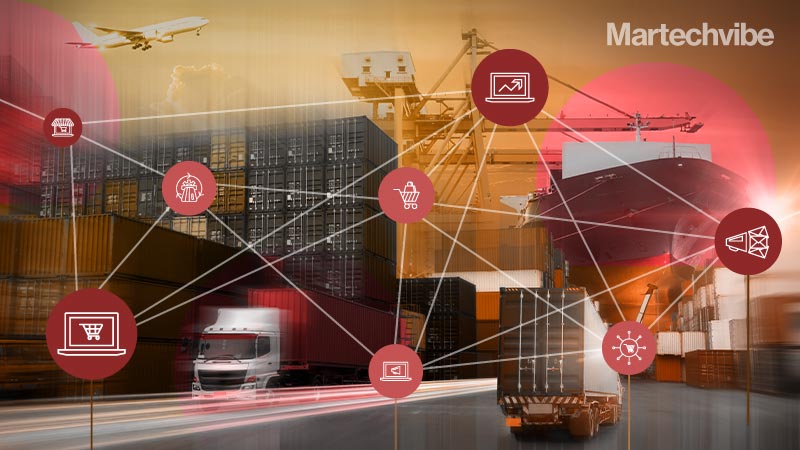How Logistics Can Shape The Future Of eCommerce
eCommerce is growing at a phenomenal rate and the logistics industry has an opportunity to increase profitability and reduce freight spending by overcoming the challenges of moving products globally.
Khushbu Raval
Reading Time: 5 mins








